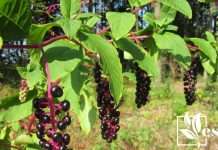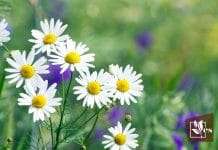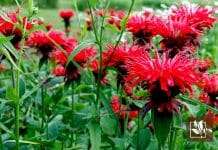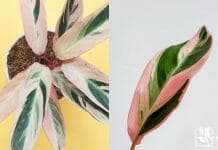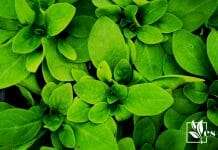Weeds that look like strawberry plants are some of the most commonly grown plants mistaken by new gardeners. It is easy to get excited when you first see them and think you are growing strawberries.
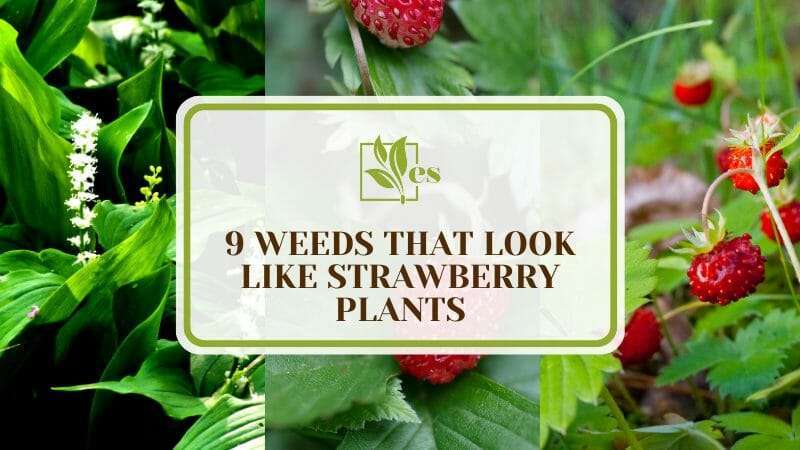
But, these imposters take up your space and energy and can waste your time.
Our article will show you the top 10 weeds that look like strawberries so you can distinguish between Mock berry plants and learn whether or not they are toxic to be near you.
JUMP TO TOPIC
Types of Weeds That Look Like Strawberries
It can be tough to distinguish between real strawberries and invasive weeds that look identical. Many beginners want the quickest solution on how to get rid of Mock berry weeds because they don’t know if they can be poisonous.
Now, you can learn how to tell crucial differences between the real deal and berry imposters.
1. Cinquefoils
Often, plant enthusiasts spot Cinquefoils in their gardens and are excited to see they have grown strawberries. Cinquefoils, also known as barren strawberries, have a way of fooling most people. They look very similar to strawberries but don’t grow any.
The most common kind of Cinquefoils found in the United States is the Norwegian Cinquefoils. Their flowers are a bright yellow with rounded leaves that very much resemble strawberry leaves.
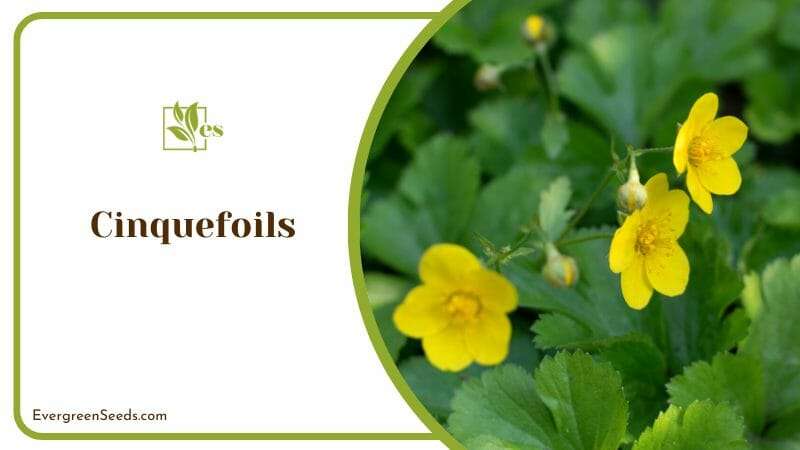
Cinquefoils can grow anywhere between two to three feet tall. Cinquefoils are the most common weed to confuse people because of how similar they look when you compare them to real strawberries.
The best way to distinguish a difference between the two is when the Cinquefoils bloom. The yellow flower indicates that any fruit grown on this weed is inedible.
So, if you have little kids trying fruit from your home garden, keeping Cinquefoils cut and away from reach is best.
2. Mock Strawberries
Mock strawberry weeds or Potentilla Indica have been another common imposter. These weeds are vastly similar to garden strawberries when you first look at them.
The real difference comes when you see the flower. Mock strawberry weeds produce a white flower with rounded leaves.
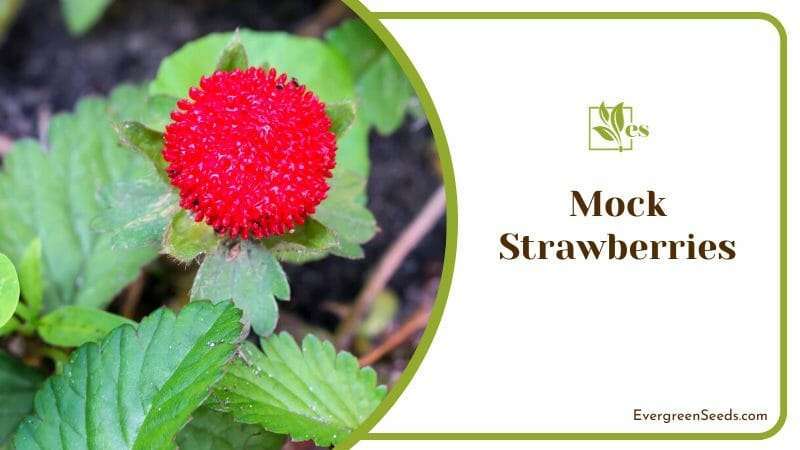
While mock strawberry weeds look identical to real strawberries, they do not taste as sweet and juicy. Yes, it is safe to eat them. However, mock berries have a bland, watery taste that is nowhere near the same as garden strawberries.
Another vital difference between mock berries and real strawberries is their bumpy skin. While you may not be able to tell the difference at first glance, looking at them up close should instantly validate suspicion.
This wild weed is harmless if ingested, so it’s safe to keep around. Even though the berries don’t taste nearly as good as the real deal, you can see how interesting nature is with such unique plants.
3. Wood Strawberry
Wood strawberries or Fragaria Vesca are very close to garden strawberries. They produce white flowers with yellowish centers. Most plant enthusiasts love to use wood strawberry weeds as ground cover. But, it is best to avoid them altogether.
These weeds can be highly invasive by taking over most ground and making it impossible for other fragile plants to withstand them.
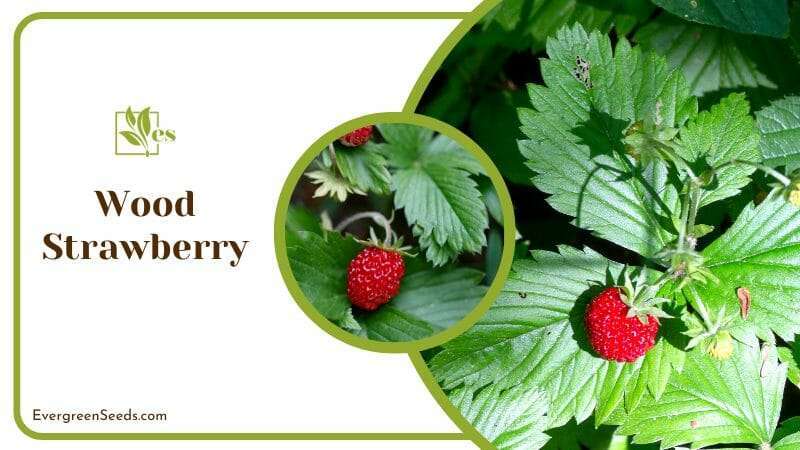
Now, if you were to eat one upon mistake, don’t worry. The good news about wood strawberries is that they are not poisonous: At least in low amounts.
Fortunately, once you consume a wood strawberry, you will quickly recognize it as an imposter. This is because they taste nothing like the real thing. While they are safe weeds to have in your garden, their invasion abilities on grass beds, roots, and fragile plants make it hard to keep them.
4. Wild Strawberry
Wild strawberry weeds produce edible berries that are not sweet to the taste. They are almost a replica of real strawberries except for their exterior, which is strikingly bumpier. While real strawberries do have bumpy skin with pitted seeds, it is much more uniform.
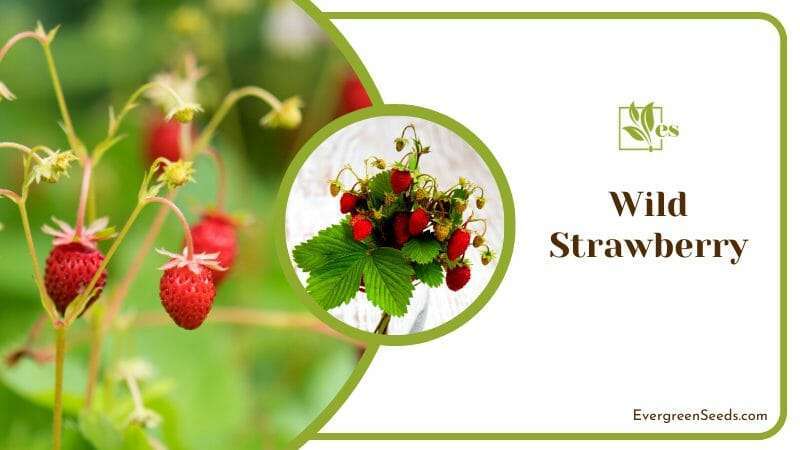
Wild strawberries commonly grow in wild gardens, forests, and just about anywhere. It is because most wild berries are highly invasive and take over any ground.
This creeping strawberry weed also produces white flowers with yellow centers. The flower of a wild strawberry weed has three-part leaves that are rounded on the edges.
5. Duchesnea Indica
Duchesnea Indica, or the False Strawberry, is another type of mock berry from the Rosaceae family. The False Strawberry is a favorite for chipmunks and other wildlife.
They are not the same as real strawberries. Fortunately, False strawberries are easily differentiated from real strawberries because of their appearance.
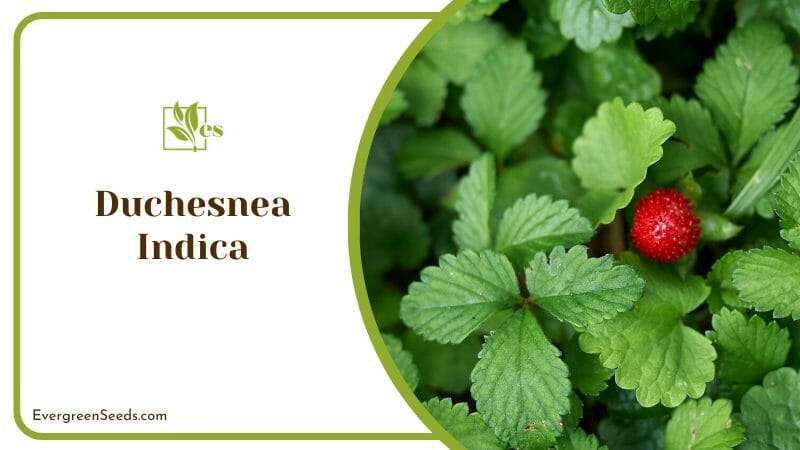
Unlike the real deal, False strawberries have almost spiky bumps and no seeds on the exterior. They are also much smaller in size when compared to an average garden strawberry.
The False Strawberry has no taste. It doesn’t make your mouth taste bitter, but it isn’t sweet, either. False berries are safe to consume as they are not poisonous. But, because of their several varieties of lookalikes, it is best to stay cautious.
False strawberries are highly invasive similar to Wood berries, and can quickly take up most of your ground. If you see their weeds growing in your garden, you might be better off getting rid of them.
6. Snake Berry
Snake berries have a reputation for rapidly spreading like creeping rootstocks and slowly colonizing an area. For those of you who are trying to grow crops, it is best to remove Snake berry roots.
Snake berries are safe to eat. But, consuming them is next to pointless. This is because they don’t have any taste. People who tried this variety describe the flavor as watery and bland, with little to no sugar.
Their flavor is quite different from a real strawberry. So, if you end up trying one, you will identify them instantly.
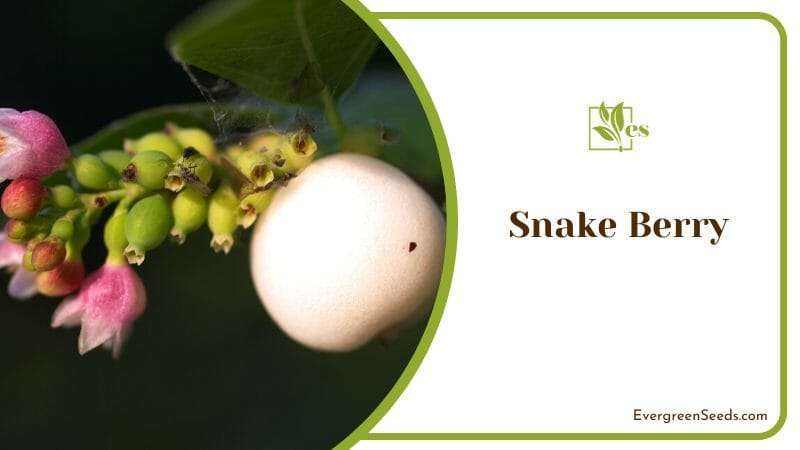
Snake Berries will have the stereotypical red color and seedy exterior. But, upon close inspection, you can see that snake berry seeds are standing up, imitating a spiky-bumpy texture as opposed to regular strawberries that have pitted seeds.
Many people confuse Snake berries with wild strawberries because of their leaves. Snake berry leaves come in sets of three and have serrated teeth going down the margins of each one of the leaflets.
If you are worried about toxicity for children, don’t worry. Snake berries are safe to eat and produce yellow flowers that have no traces of white in them.
7. False Lily of the Valley
One of the most gorgeous and common groundcovers is False Lily of the valley.
False Lily of the Valley grows in shady, moist environments alongside riverbanks, streams, or even coastal environments.
They sprout early in the springtime and are easily identifiable by their big waxy heart-shaped leaves.
The leaves are super smooth, almost waxy on the top, and have a shiny underside.
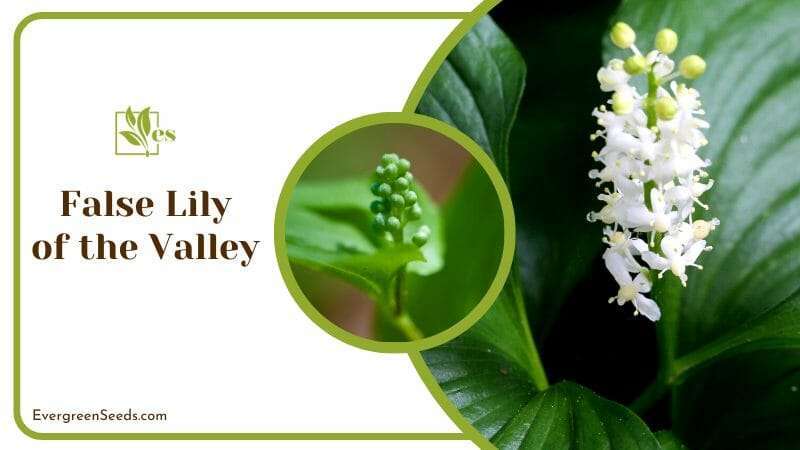
They form really beautiful small clusters of tiny white flowers that turn to green berries and ripen to a rich red.
Traditionally, these berries were a vital food source for First Nations of the Pacific Northwest, who used the leaves and stocks for medicinal purposes.
False Lily of the Valley are edible but have a sour, watery taste to them. Unlike their namesake, Lily of the Valley, they are not toxic.
8. Red BaneBerry
Birds like the American Robin and the Brown Thrasher love to snack on the Red BaneBerry, but that does not mean humans are free to indulge also.
The Red BaneBerry is a highly invasive, toxic plant. If this variety is ingested, it can have some serious harmful effects.
But, since they grow about everywhere, it is crucial to be able to identify them. The Red BaneBerry will come in a cluster of tiny, rich-red berries.
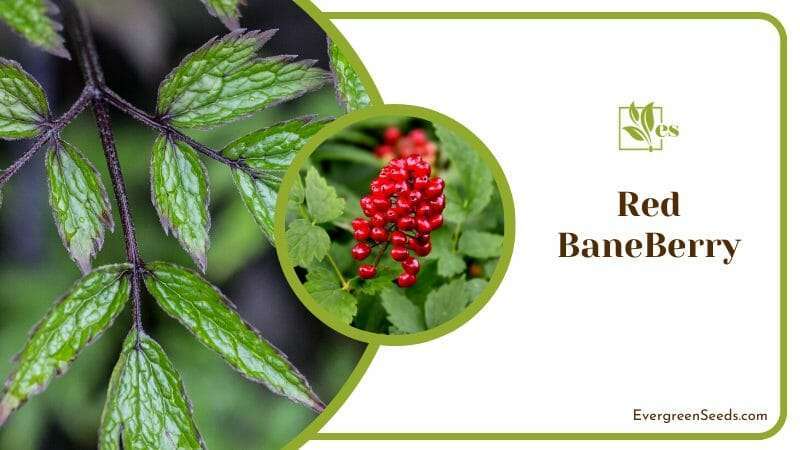
The leaf pattern of a Red BaneBerry is also simplistic and comes in sets of three. The leaves can almost look identical to the shape of maple leaves, with the only difference being how rigid they are.
If you ingest the Red BaneBerries, you may feel instant abdominal pain. Many have described the experience as a gut-wrenching feeling forcing you to throw up.
More significant effects include high blood pressure and going into cardiac arrest upon ingesting excessive amounts of Red BaneBerries.
9. Climbing Nightshade
The Climbing Nightshade or Solanum Dulcamara is another toxic variety of weeds that look like strawberries. The Climbing Nightshade is closely related to potatoes.
You can identify the Climbing Nightshade weeds by looking at their leaves. It has deep-colored heart-shaped leaves that grow on alternate sides of the stem.
Climbing Nightshade produces beautiful purple flowers that have greenish spots on them with a bright yellow center. When the weeds are pollinated, they begin to produce jelly bean-shaped berries.
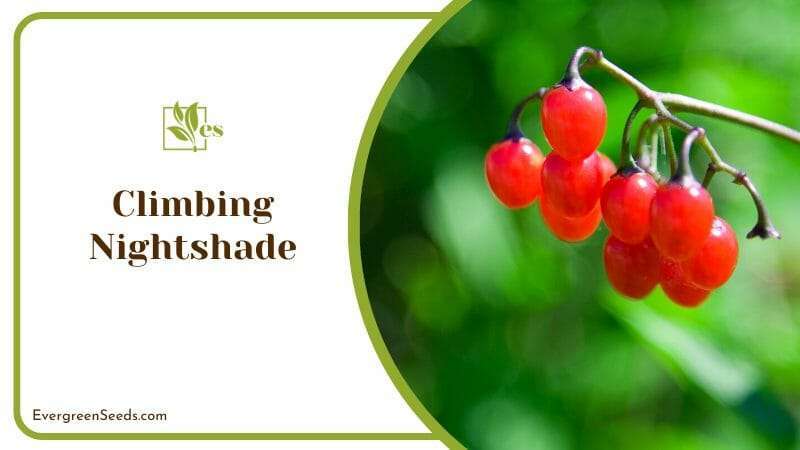
Once fully ripe, the berries turn a bright, tomato-like red. The berries have similar characteristics to tomatoes, with the same seeds inside and almost identical pulp.
Although the berries can add color and aesthetics to your garden, they are poisonous even to the touch.
It is best to stay safe and remove them from reach. You can do this by wearing gloves and pulling out their roots to stop the invasion. Also, find out how to grow a strawberry plant easily.


